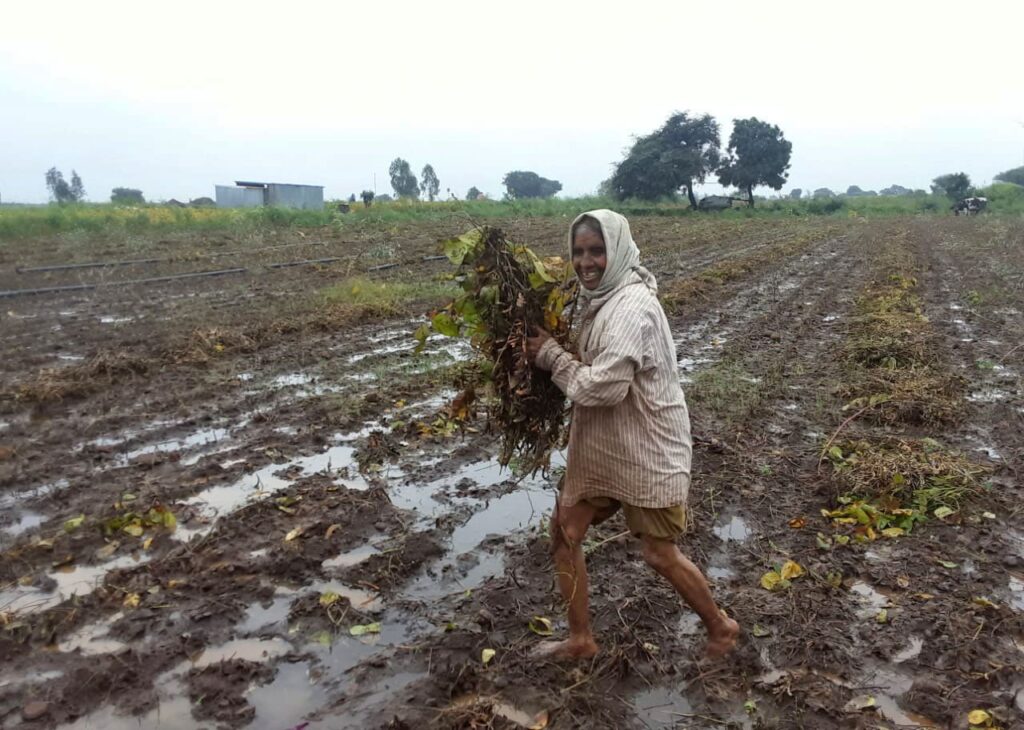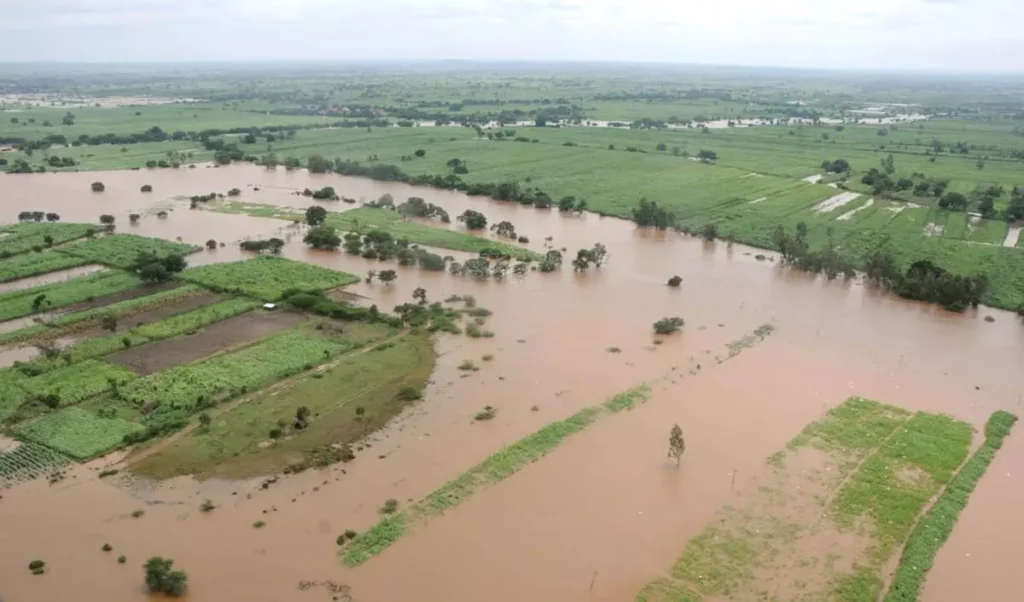By The Sampadak Express
India, with its vast agricultural landscape, has long been known as an agrarian economy. However, climate change is now posing significant challenges to the agriculture sector, impacting both the livelihoods of millions of farmers and the country’s food security. As rising temperatures, erratic rainfall, and increasing water scarcity disrupt traditional farming practices, the nation faces an urgent need to adapt to these changes.
Rising Temperatures and Changing Rainfall Patterns
India’s agriculture heavily depends on the monsoon, but climate change is altering these patterns. Over the past few decades, scientists have observed significant shifts in rainfall timing and intensity. Many regions now experience erratic downpours, while others face prolonged droughts. The unpredictability of the monsoon season has left farmers vulnerable, unable to plan their crops effectively.
Rising temperatures exacerbate the issue. According to climate experts, India has warmed by about 0.7°C between 1901 and 2018, and projections indicate a further increase in the coming years. This rise in temperature affects not just the timing of the growing season, but also the quality of the crops. Heatwaves during critical periods of crop growth can lead to significant yield losses, particularly in staples like wheat and rice.

Crop Failures and Loss of Agricultural Land
As climate change intensifies, crop failures are becoming more frequent across India. Unseasonal rains and extreme weather events, such as floods and cyclones, have caused widespread damage to crops, leading to substantial financial losses for farmers. In many cases, the soil itself becomes less fertile after such events, reducing future agricultural productivity.
Additionally, rising sea levels are posing a threat to coastal farming areas. In states like West Bengal and Odisha, saltwater intrusion has degraded arable land, making it unsuitable for cultivation. This loss of agricultural land is particularly concerning given the increasing demand for food in a country with a population exceeding 1.4 billion.
Water Scarcity and Its Effect on Irrigation
Water scarcity is one of the most pressing issues facing Indian agriculture today. Climate change, coupled with poor water management practices, has led to a depletion of critical water resources. Many regions, especially in northern and central India, are experiencing lower groundwater levels, and rivers that were once the lifeblood of Indian agriculture are drying up.
The Indo-Gangetic Plain, often called the “food bowl of India,” is one such area severely impacted by water shortages. Farmers here rely heavily on irrigation, but the over-extraction of groundwater is leading to long-term sustainability concerns. Without adequate water, crops fail, leading to food shortages and financial hardships for farmers.
Impact on Food Security and Prices

The ripple effect of climate change on agriculture extends far beyond the farms themselves. As crop yields decline and agricultural productivity falls, the nation faces the looming threat of food insecurity. With fewer crops being harvested, food supplies dwindle, pushing up prices and making essential staples like rice, wheat, and pulses less affordable for the average Indian household.
This rise in food prices disproportionately affects the poor, for whom food expenditures make up a significant portion of their income. Climate-induced food shortages can also trigger inflation, putting further pressure on the already fragile economy. Moreover, the reduced availability of nutritious crops may lead to malnutrition, especially among children and vulnerable populations.
Government Initiatives and Adaptation Strategies
Recognizing the grave impact of climate change on agriculture, the Indian government has taken several steps to mitigate the damage and help farmers adapt. Initiatives like the Pradhan Mantri Fasal Bima Yojana (PMFBY) provide crop insurance to protect farmers from unpredictable weather conditions and crop failures. The National Action Plan on Climate Change (NAPCC) also emphasizes sustainable agricultural practices and climate-resilient farming techniques.
However, adaptation requires more than just policies. Farmers need access to modern technologies, drought-resistant seeds, and efficient irrigation systems to withstand the changing climate. Encouraging the adoption of techniques like zero tillage, drip irrigation, and rainwater harvesting can reduce water use and increase productivity. Additionally, raising awareness and educating farmers about climate-smart agricultural practices will be essential in helping them navigate this uncertain future.



